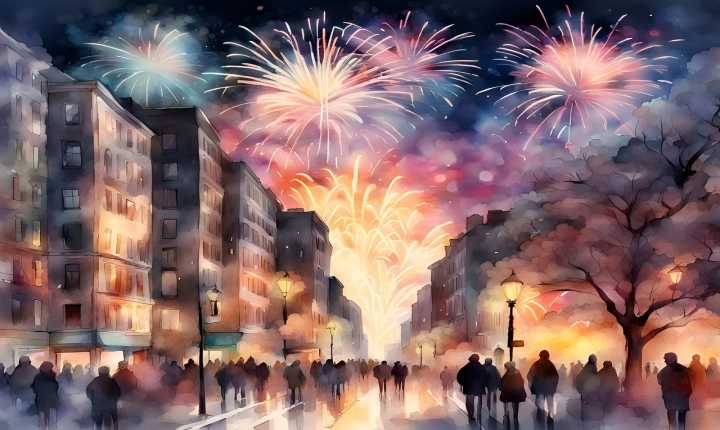Title: How to Sell AI Art: A Guide for Artists and Entrepreneurs
Artificial intelligence (AI) has revolutionized the art world, enabling artists to create stunning and unique pieces that blur the line between human creativity and technology. As AI art gains popularity and recognition, artists and entrepreneurs are seeking ways to effectively market and sell these innovative creations. In this article, we will explore the strategies and platforms that can help artists succeed in selling AI art.
1. Embrace the Unique Qualities of AI Art
AI art offers a distinct and mesmerizing aesthetic that sets it apart from traditional art forms. Artists should highlight the unique qualities of AI-generated art in their marketing efforts. This includes emphasizing the fusion of human creativity with machine learning algorithms, the potential for infinite variations in each piece, and the innovative techniques used to produce the artwork. By educating potential buyers about the process and technology behind AI art, artists can increase the perceived value of their creations.
2. Leverage Online Platforms and Marketplaces
The digital nature of AI art makes online platforms and marketplaces a natural fit for selling these works. Websites such as Singulart, Artfinder, and Saatchi Art feature dedicated sections for digital and AI-generated art, providing artists with a global audience of art enthusiasts and collectors. Additionally, artists can explore specialized AI art marketplaces like Art AI Gallery and AI Art House, which cater specifically to this emerging genre. Leveraging these platforms can help artists reach a broader audience and connect with buyers who are specifically interested in AI art.
3. Create Limited Editions and NFTs
The concept of scarcity and exclusivity is a powerful marketing tool in the art world. Artists can capitalize on this by creating limited editions of their AI-generated pieces. This can be done by setting a specific number of prints or digital copies that will be made available for purchase. Another innovative approach is to explore the realm of non-fungible tokens (NFTs), which are digital assets secured by blockchain technology. NFTs can be used to authenticate and sell unique digital art creations, providing a new avenue for artists to showcase and monetize their AI-generated works.
4. Engage with the AI Art Community
Building a strong network within the AI art community can offer artists valuable support, exposure, and collaboration opportunities. Engaging with online forums, social media groups, and industry events dedicated to AI art can help artists connect with fellow creators, collectors, and enthusiasts. By actively participating in discussions and showcasing their work within these communities, artists can gain visibility and credibility, leading to potential sales and partnerships.
5. Offer Customization and Personalization
AI art has the potential to offer personalized and customized experiences for buyers. Artists can explore offering custom AI-generated portraits, personalized designs, or interactive art experiences that cater to the specific preferences and tastes of their clients. By tapping into the potential for individualized creations, artists can appeal to a broader audience and increase the desirability of their AI art.
In conclusion, selling AI art requires a strategic approach that leverages the unique qualities of these creations while tapping into the power of digital platforms, limited editions, NFTs, community engagement, and customization. As the demand for AI art continues to grow, artists and entrepreneurs who embrace these strategies have the opportunity to thrive in this exciting and evolving market. By understanding the nuances of AI art and adopting innovative sales tactics, creators can successfully monetize their AI-generated masterpieces and contribute to the ongoing redefinition of the art world in the digital age.
